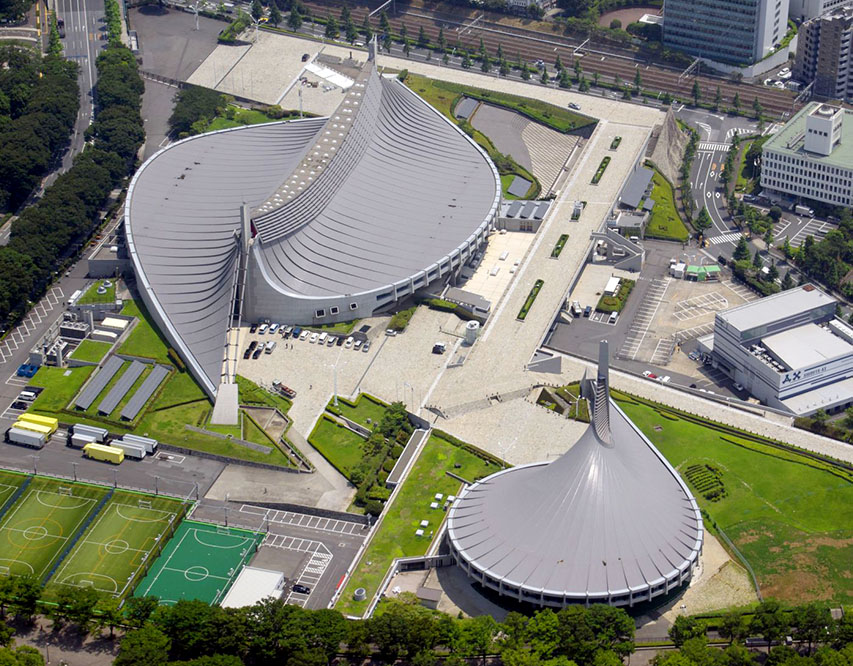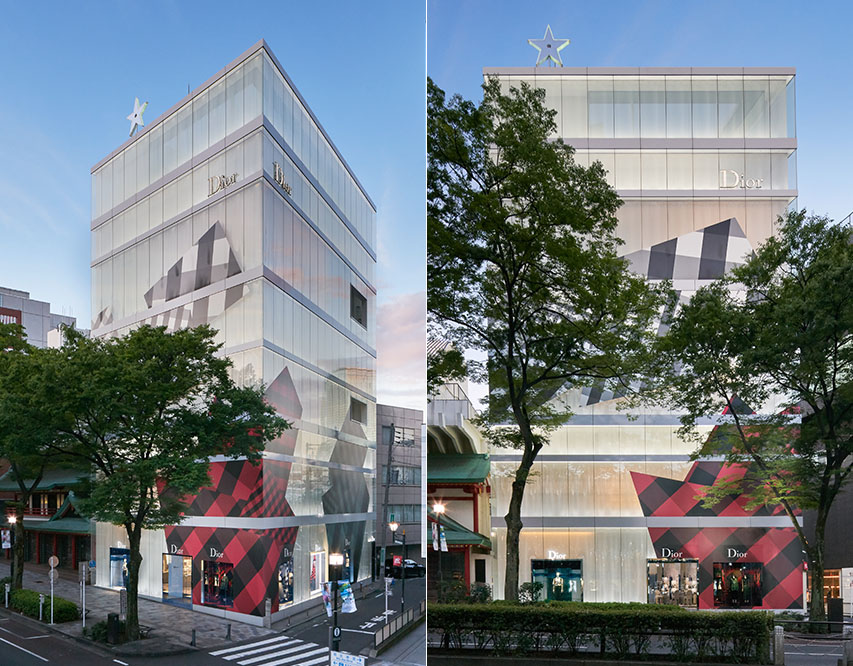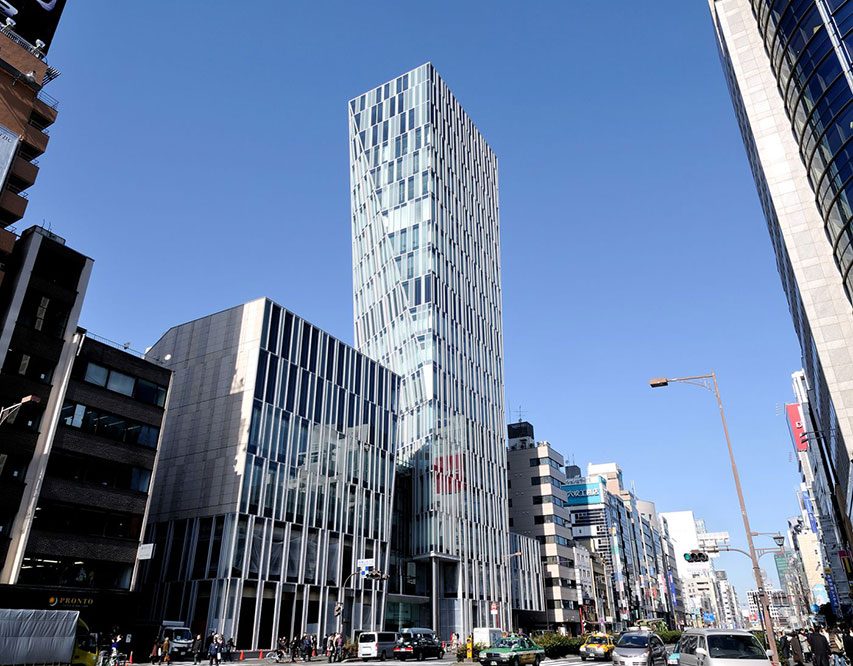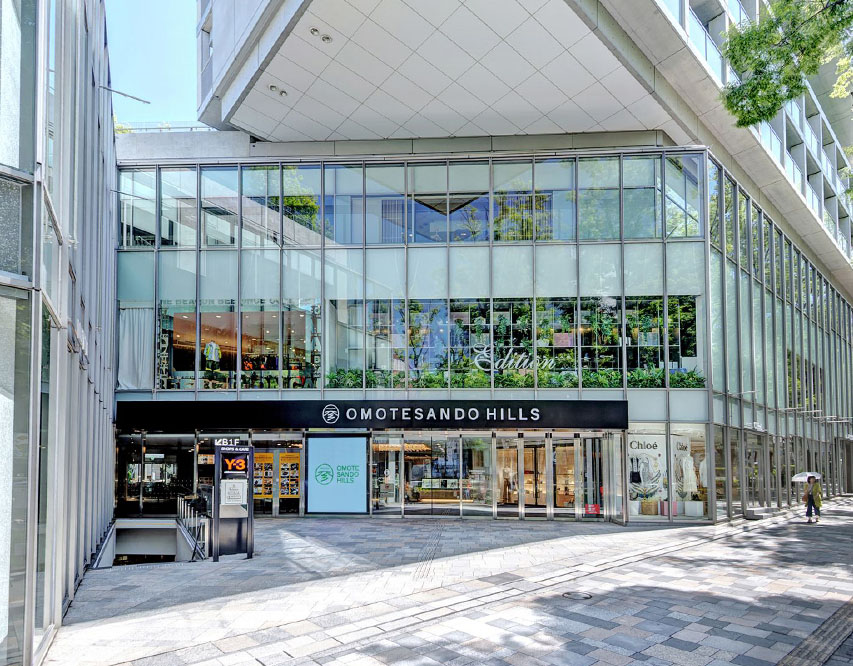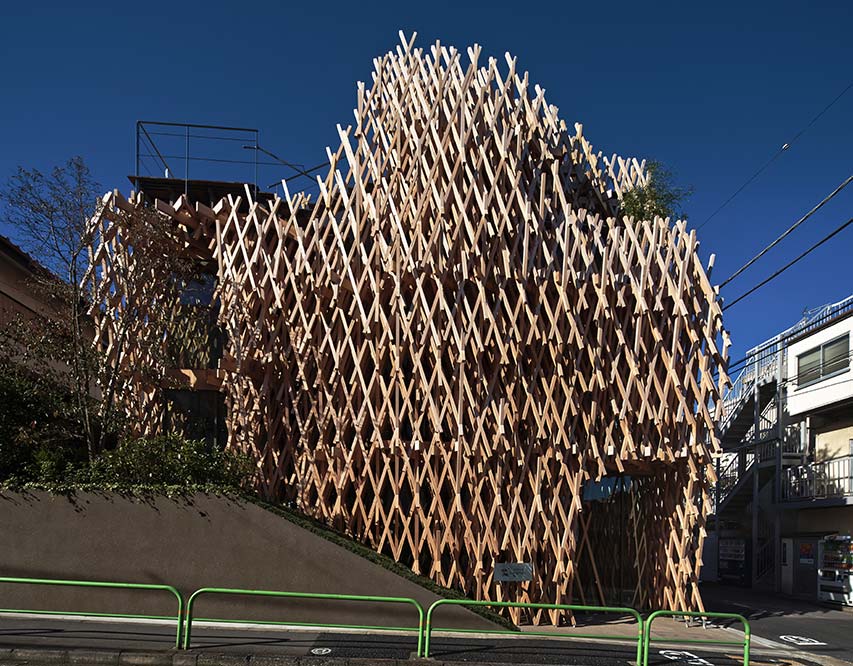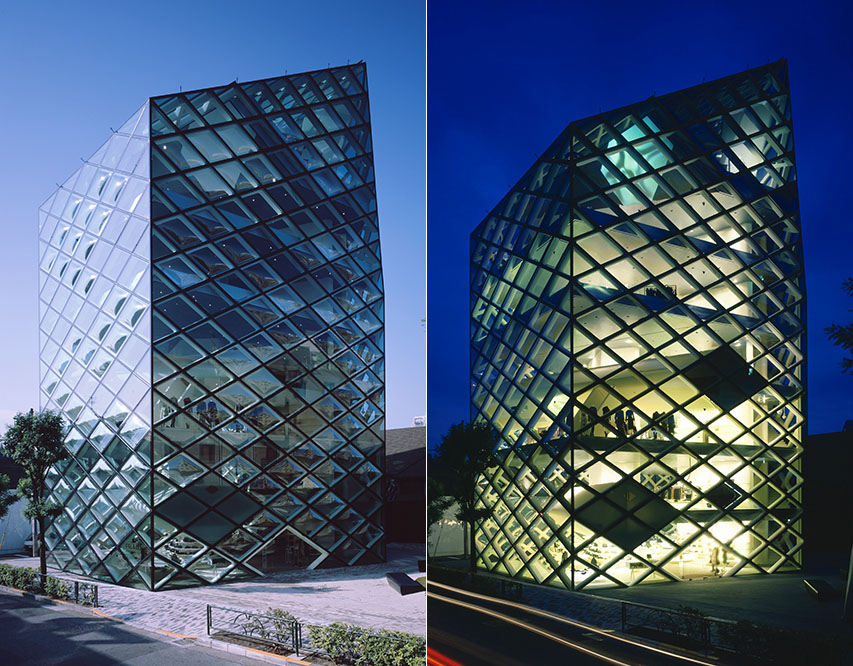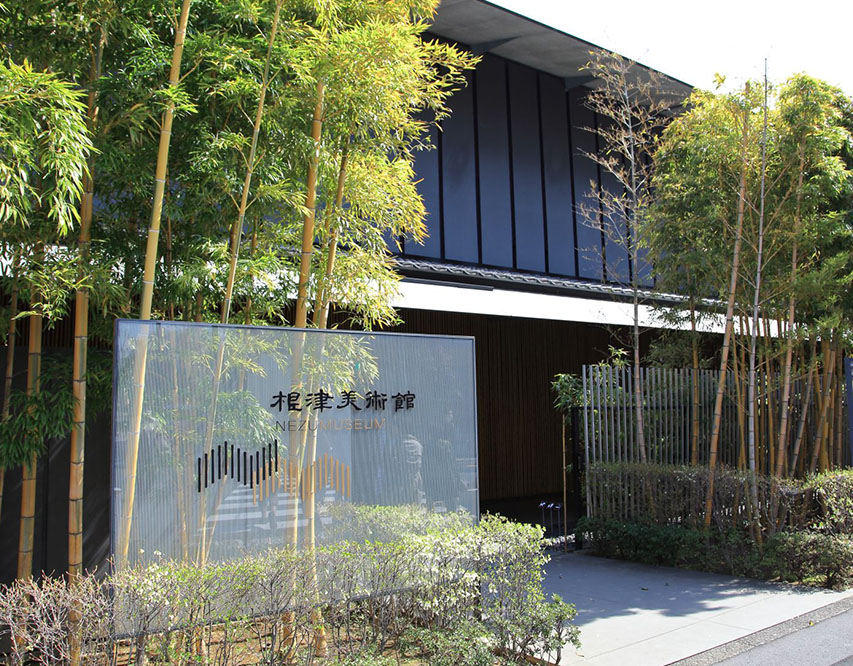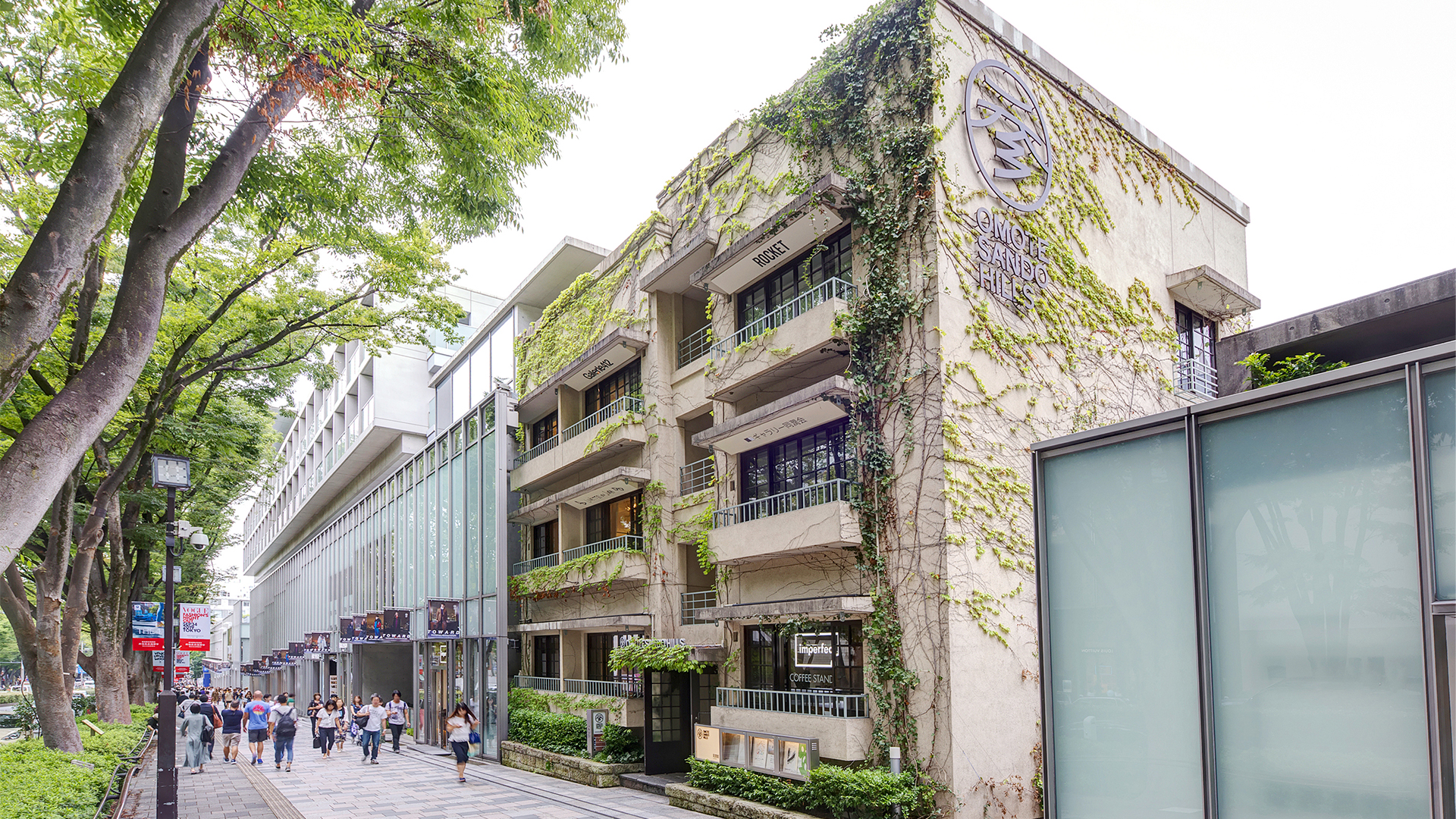
- Share this page
Share this page
- EN
Select Language
- FAVORITES
- Search
Detailed search: You can do a detailed search by keyword, genre, time, area and tag.
Main content starts here.
- Visit Tokyo |
- EXPERIENCES |
- Best things to do in Tokyo tailored to your preferences |
- Art & Design |
- Architecture |
- TOKYO ARCHITECTURE GUIDE MAP—Harajuku-Omotesando area
Updated: October 29, 2020
TOKYO ARCHITECTURE GUIDE MAP—Harajuku-Omotesando area
The Harajuku-Omotesando area is a birthplace of culture and fashion, and a showcase of trendy and state-of-the-art architecture.
Your current location:
- Western Tokyo
- Harajuku
- Aoyama & Omotesando
- TOKYO ARCHITECTURE GUIDE MAP—Harajuku-Omotesando area
The Harajuku-Omotesando area is a birthplace of culture and fashion, and a showcase of trendy and state-of-the-art architecture.
Map Legend
- Walking
- Taxi
- Bus
- Train
- Water Bus
